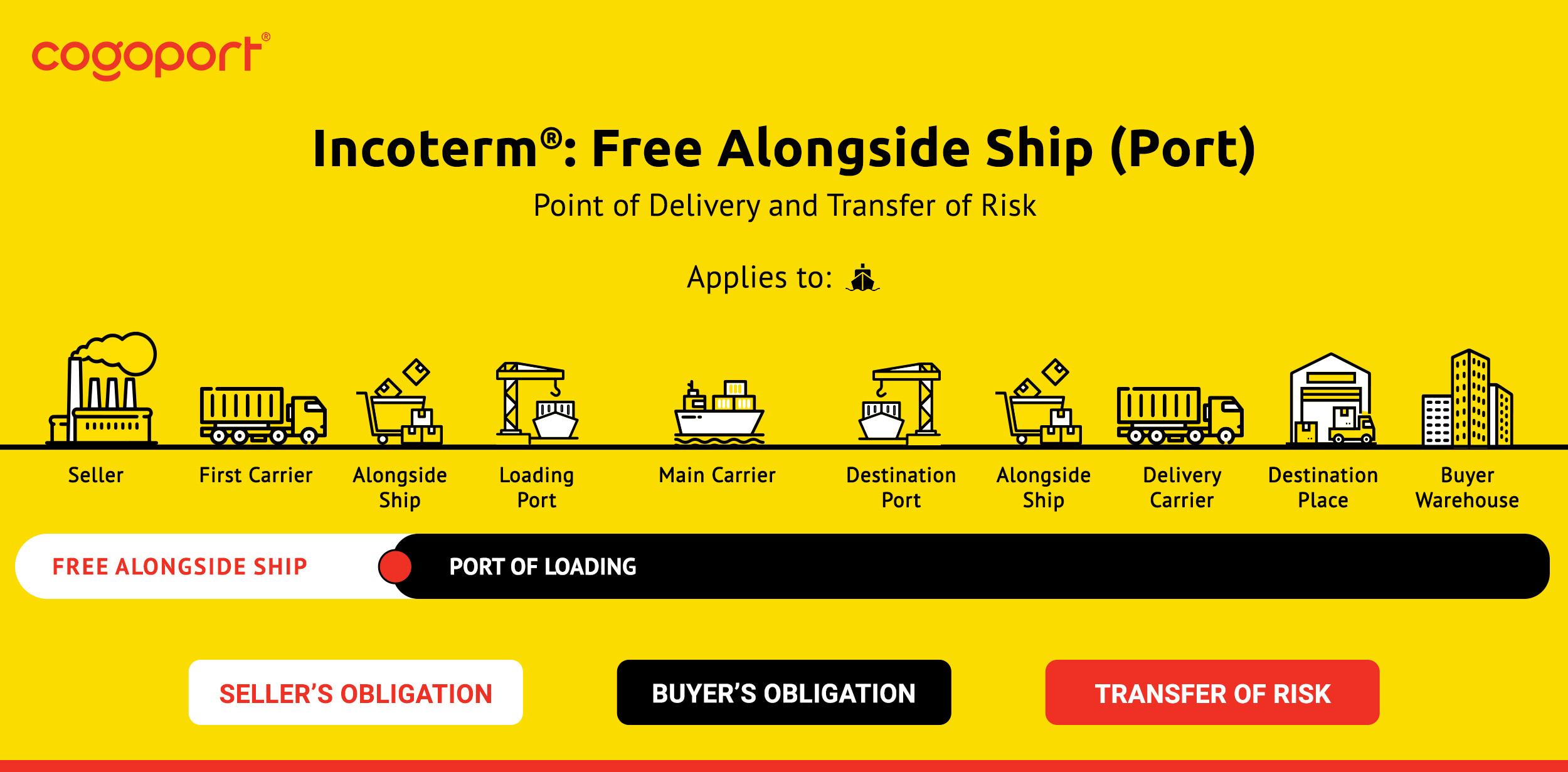Imagine a world where your cargo flows seamlessly from origin to destination, without any interruptions or delays. This is the promise of Free Alongside Ship (FAS) logistics, a transportation method that has revolutionized the shipping industry. In this article, we will explore the ins and outs of FAS logistics, looking at its benefits, challenges, and how it is shaping the future of global trade. Join us on a journey through the world of FAS logistics, where efficiency and reliability reign supreme.
Understanding Free Alongside Ship Incoterms in Logistics
Understanding Free Alongside Ship (FAS) Incoterms in logistics is essential for anyone involved in the transportation and shipping industry. FAS is a commonly used trade term that defines the responsibilities of the buyer and seller in terms of the delivery of goods. With FAS, the seller is responsible for delivering the goods alongside a named vessel at a specified port, and the buyer takes over responsibility from that point onward.
One key aspect of FAS Incoterms is that it places the responsibility of loading the goods onto the vessel on the buyer. This means that the buyer must arrange for the goods to be loaded onto the vessel, ensuring that they are securely stowed for transportation. Understanding the intricacies of FAS can help companies navigate international trade transactions more efficiently and effectively, ensuring smooth logistics and shipping processes.

Optimizing Transport Routes for Free Alongside Ship Shipping
When it comes to optimizing transport routes for Free Alongside Ship (FAS) shipping, there are several key factors to consider. One important aspect is to carefully analyze the most efficient routes for transporting goods to the designated port. By leveraging advanced logistics software and data analytics, companies can identify the best transportation methods and routes to minimize costs and maximize efficiency.
Additionally, collaborating with reliable shipping partners and carriers is crucial for ensuring smooth operations and timely deliveries. Establishing strong relationships with trusted transport providers can help streamline the shipping process and reduce the risk of delays or disruptions. By continuously evaluating and adjusting transport routes based on market trends and performance metrics, businesses can stay ahead of the competition and achieve success in the FAS shipping industry.

Key Considerations for Successful Free Alongside Ship Operations
When conducting Free Alongside Ship (FAS) operations, it is crucial to consider several key factors to ensure a successful outcome. One important consideration is the location of the port and its accessibility for the shipment. It is essential to choose a port that is well-equipped to handle FAS operations efficiently and has the necessary infrastructure to accommodate the cargo.
Additionally, clear communication between all parties involved in the FAS process is essential for smooth operations. This includes coordination between suppliers, carriers, and receivers to ensure that the cargo is delivered to the designated location on time and in good condition. Proper documentation and compliance with regulations are also vital aspects to consider when conducting FAS operations to avoid any delays or issues during transport.

Maximizing Efficiency in Free Alongside Ship Logistics
When it comes to maximizing efficiency in Free Alongside Ship (FAS) logistics, there are several key factors to consider. One important aspect is proper planning and coordination to ensure that all parties involved are on the same page and working towards a common goal. This includes clear communication between the shipper, carrier, and receiver to streamline the transportation process and avoid any delays or bottlenecks.
Another essential element in maximizing efficiency is utilizing technology to its fullest potential. This can include implementing tracking and monitoring systems to keep tabs on shipments in real-time, as well as utilizing data analytics to optimize routes and reduce costs. By leveraging technology, companies can improve decision-making, reduce errors, and ultimately save time and money in their FAS logistics operations.
In Conclusion
In conclusion, the Free Alongside Ship logistics method offers a cost-effective and efficient means of transporting goods internationally. By allowing the buyer to arrange their own transportation and insurance, this method gives greater control and flexibility in managing shipments. Whether you are a seasoned importer or new to the world of international trade, understanding the ins and outs of Free Alongside Ship logistics can help you streamline your shipping processes and save on costs. Embrace the freedom and convenience that comes with this shipping method, and watch your business soar to new heights. Happy shipping!
